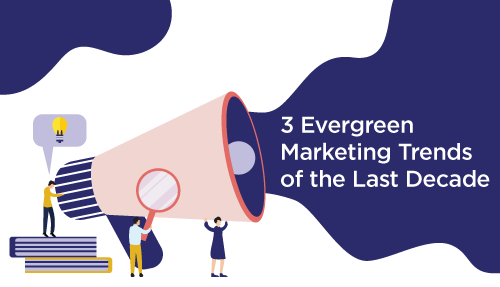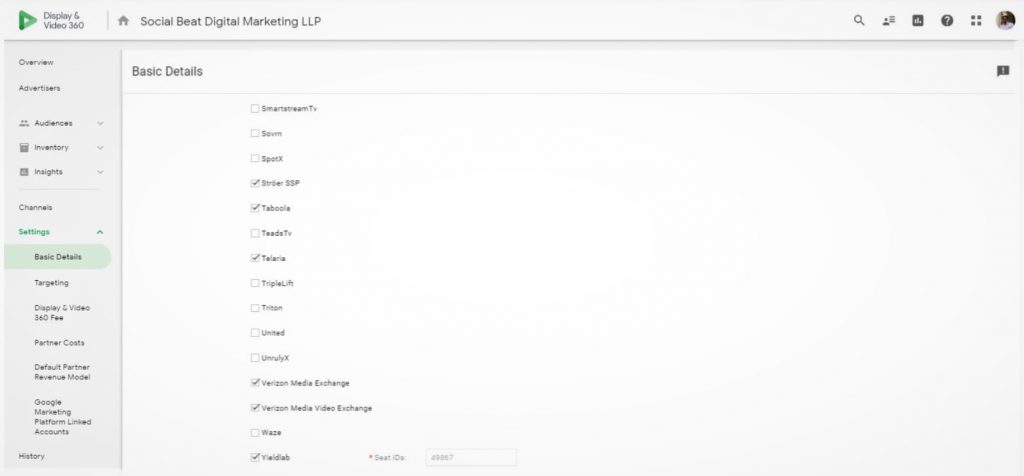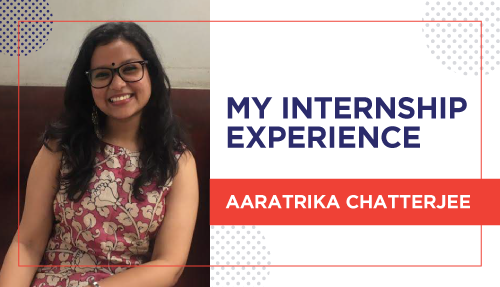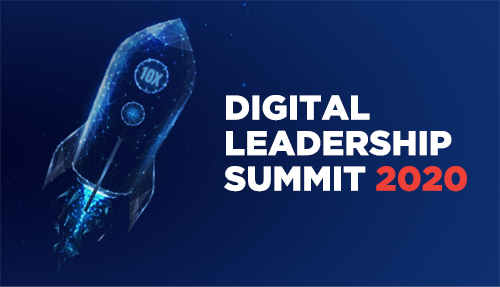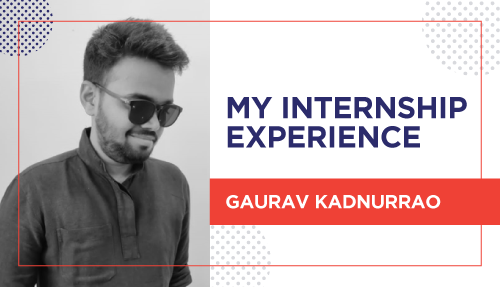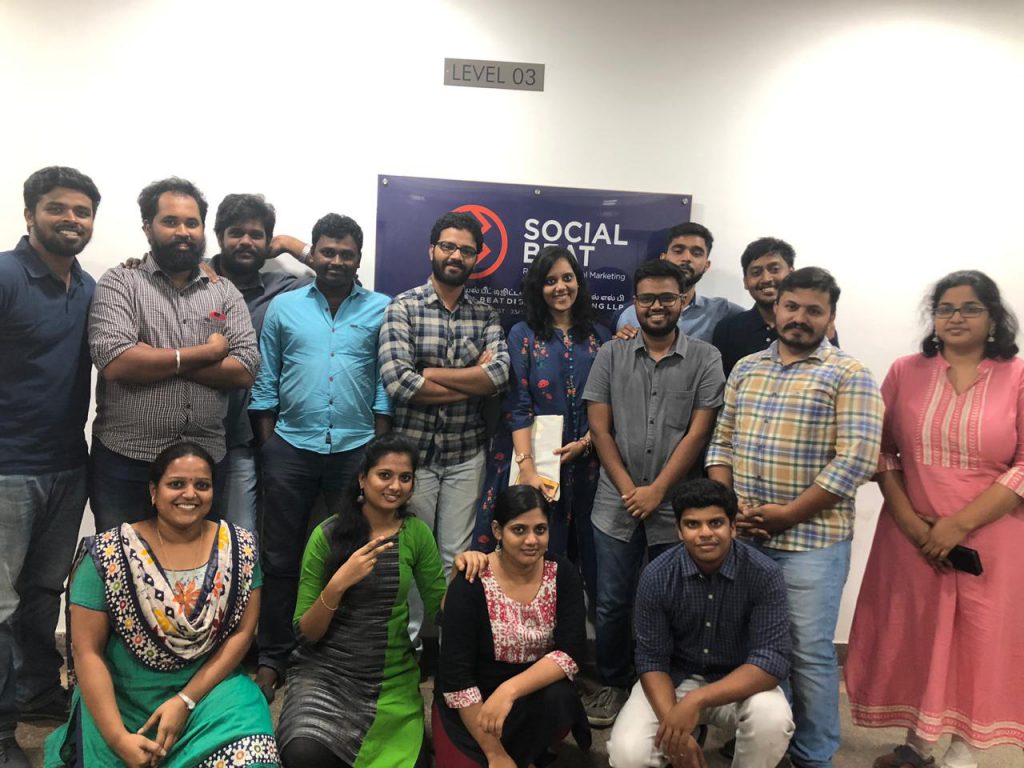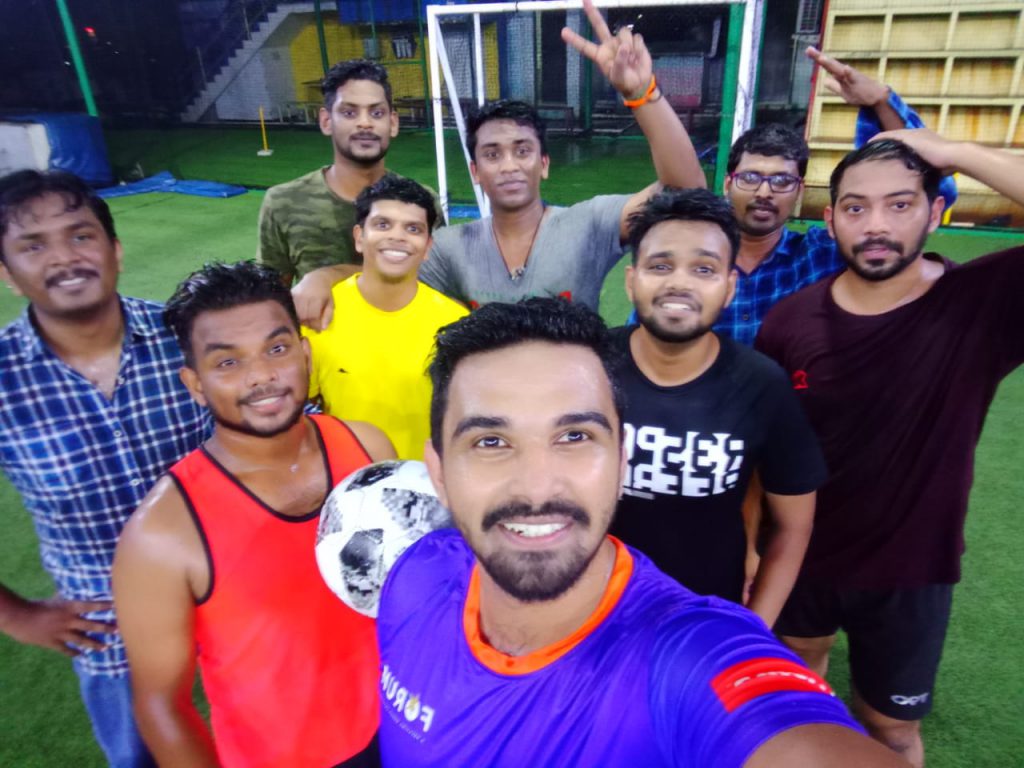Marketing is all around us. It is more than the ads we see plastered across billboards, the jingles on our radios, and the ads on our TVs. With new digital platforms mushrooming, marketing has definitely evolved over the first decade of the 21st century. Having said that, there are certain aspects of marketing that form the crux of it and have remained timeless essentials that work to build a brand. Here are three such trends:
1. Storytelling
The art of storytelling remains powerful and paramount in the world of marketing. Simply because stories serve as effective communication that consumers connect with. Things that move us, be it with humour, emotion, or anything else, leave an impact, and brands have been quick to grasp the many benefits of utilizing this. Using storytelling captures attention and reels people in to see the story through to the end. This increases brand recall, awareness, and more importantly a connection with a brand that consumers can identify with.
This is best understood through stories of how some brands used engaging narratives to set the stage to pack an emotional or meaningful punch, or vox-pop videos to increase engagement. Be it the films that BMW launched in the early 2000s to showcase their cars or the recent Puma campaign on what it is to be a “proper” woman that used the stories of successful women like Mary Kom, Dutee Chand, Anjali Lama, and others, to celebrate and give expression to individuality and women empowerment. The common aspect of both these campaigns is effective storytelling that got the audience’s attention. This is an evergreen trend that will continue to be the most important aspect of marketing.
Using storytelling to spread awareness on gender disparity – Wonderchef
Our #DearManHoldThePan social experiment campaign with WonderChef used impactful storytelling to address gender disparity, starting in the kitchen, between a woman’s role in the kitchen in comparison to that of a man. Cooking is an essential life skill that shouldn’t be gendered as a role, and this is the story we wanted to bring out. The video sees conversations with different men and women based on their real-life experiences, notably proving that women still bear the brunt of kitchen responsibilities. Garnering over 2 million combined views on Facebook and Instagram, the video went viral upon its launch, with scores of people coming forward in agreement. Our influencer campaign #IHeldThePan had the likes of Jay Bhanushali, Swapnil Joshi and 73 other such famous personalities speak up for the cause, proving that storytelling is not only a great way to showcase your creativity, but also guarantees results.
2. Influencer/word-of-mouth marketing
How many times have we tried a product just because a friend said it worked well for them? We all do this. Hearing from someone else that a certain product worked for them, or about an interesting ad that piqued their interest can do wonders for a brand. This is where influencer marketing comes into play and this type of word-of-mouth advertising has remained a strong driver for customer engagement. Brands have employed influencers and celebrities alike to promote their products for them.
People follow these personalities as they can identify closely with them and want to be like them. Word of mouth creates an image of trust and reliability around the product and serves as first-hand product testimonies.
Case in point, Himalaya facial wipes, which focused solely on marketing through word of mouth, employed influencers from a range of different niches – from lifestyle and fashion. These influencers used facial wipes and created engaging content on both their blogs and social media handles. The content was eye-catching, tailored to the kind of followers each influencer had garnered. By exuding class through the product itself, and reliability through the firsthand nature of its marketing, their facial wipes were featured in images across the globe, helping them to amass a total impression of 10 lakh and a total engagement and clicks of 1.7 lakhs.
Driving app installs and purchases through influencer marketing – Bewakoof
With the objective of connecting Bewakoof with the relevant audience, we partnered with 9 millennial influencers from across India on TikTok. We asked them to create content to promote Bewakoof’s merchandise, with a call-to-action encouraging viewers and followers to download the app. The videos used the popular method of displaying before and after transformations, showing them as their most stylish selves once they wore Bewakoof’s line of apparel. This word-of-mouth marketing drove engagement and helped Bewakoof achieve over 25,000 app installs and more than 750 conversions, with a great return on ad spends. These results drive home the fact that consumers are more likely to listen to people they look up to, who vouch for the reliability of a product.

3. Personalisation
As we mentioned before, people connect with brands more when they identify with them. One of the key ways to make that happen is by creating personalised content for audiences. It is a crucial part of the customer journey and the experience itself. This is why brands incorporate personalisation with three relevant and significant elements in their marketing strategies – geographic, demographic and language. Personalisation, as a trend has remained unchanging because of how fundamental it is in any campaign. Segmenting your audiences and showing them customised messaging based on their likes and interests can positively influence any campaign and the brand connect. Personalised design and content, too, play an integral role in delivering results.
With marketers having access to real-time data and AI coming into play, personalisation is going to become a lot more accurate, making the customer journey much more enjoyable if used the right way.
Driving higher impact at a lower cost with testimonial ads – Sundaram
In order to bring out the long-term rewards of investing in mutual funds, we helped Sundaram run ads that showcased the end results of doing so. We created ads with customized investment journeys for different audience segments. These ads displayed different visuals which implied that by investing in mutual funds, people could reach their financial goals to achieve their dreams. For example, we targeted travel enthusiasts who searched for travel and investment-related brands and competitor keywords by placing ads on travel sites. Similarly, we ran personalized ads for car enthusiasts who had also searched for investment-related keywords. In our targeting segments, we excluded audiences who searched for car parts, servicing or accessories to ensure relevant audiences saw the ads. To add to that, the ads used images customized for a better fit instead of generic stock images. This resulted in a staggering 91% increase in conversion rates, a 32% decrease in cost per lead, and a 39% increase in click-through rates. This goes to show that personalisation gets messages across better, with higher impact.

So while this decade saw some great new marketing trends come up, only the methods that get to the heart of the matter and look at long-term gains really stick their landing. As the world around us changes, these techniques also evolve and grow to accommodate newer inputs. With a whole new decade upon us, marketing in 2020 will see new technologies unfurl and change the playing field, pulling brands to think out of the box.
This article was originally published in Business Standard.

